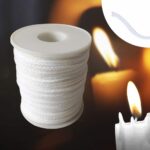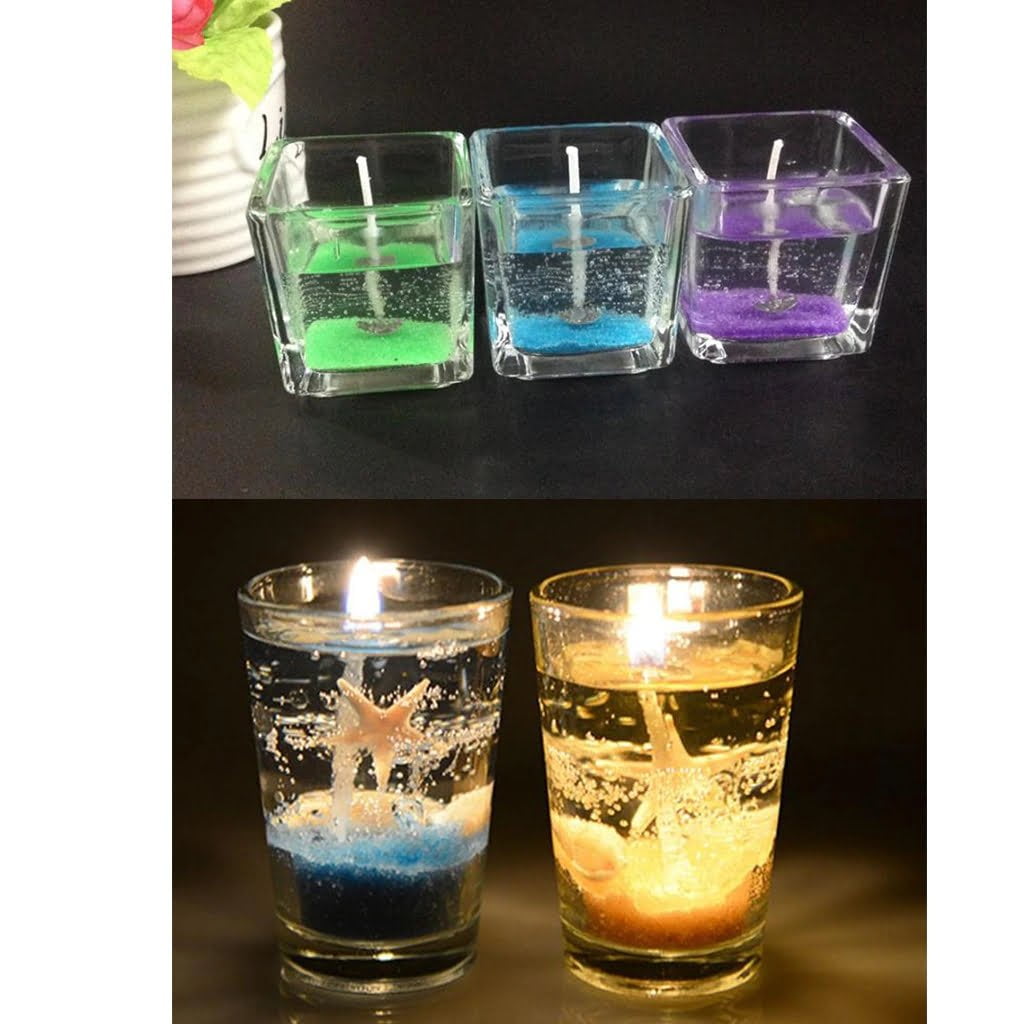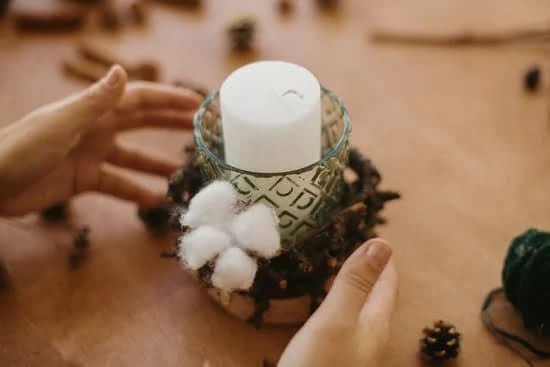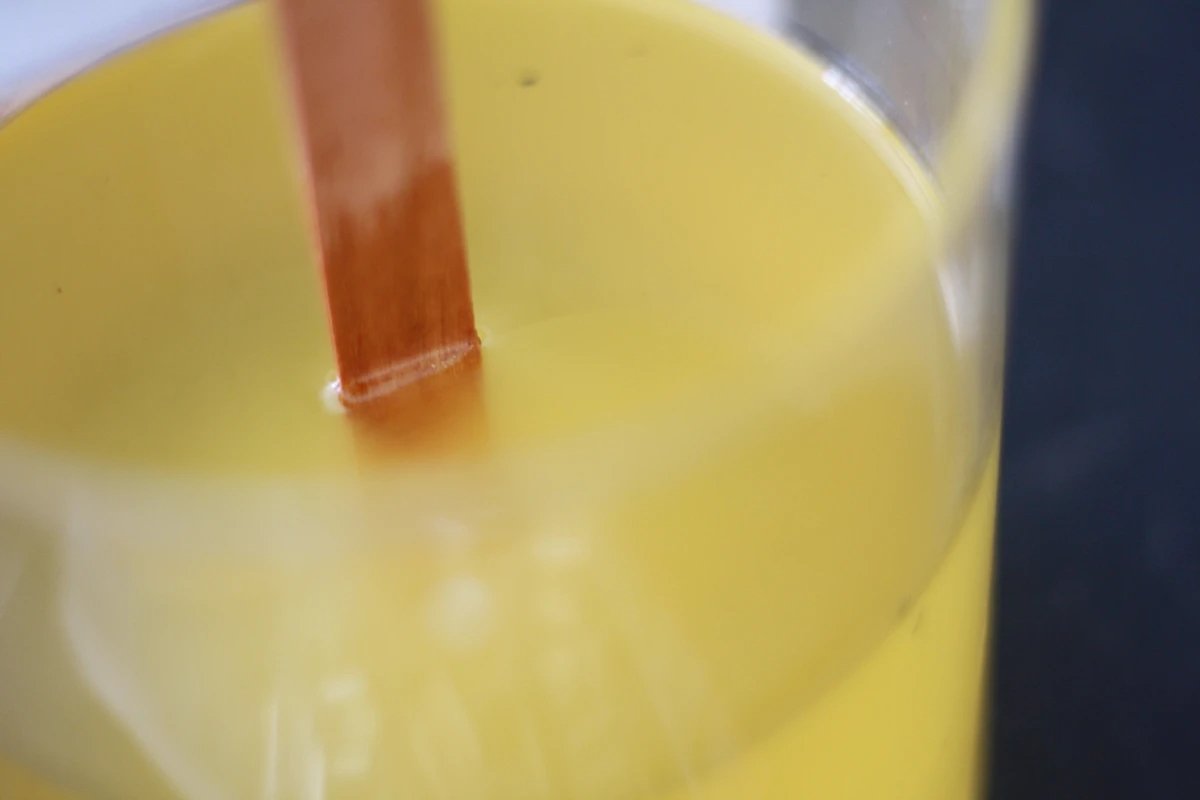Introduction
Candle making was an important craft in early American settlements, especially among pioneers. For many pioneers, candles were the only source of light at night. Without electric lighting, candles provided the essential illumination needed to read, write and move around a cabin or home after the sun had set.
Making their own candles allowed pioneers to save money and lighten their workload during long winter evenings because it was a relatively simple craft that could be done at home with just a few basic ingredients and tools. Pioneers made tallow candles by melting animal fat or suet to extract liquid fat, mixing it with beeswax, pouring the wax into moulds (often composed of dried gourds), and then allowing it to cool until solidified. These types of candles were usually used for general household purposes such as providing light, aiding in religious ceremonies or warming rooms.
Candles were something most pioneer families took very seriously due to their limited access to resources. As such, candle-making was viewed as more than just a necessary life skill; it was often seen as an act of self-sufficiency that guaranteed the successful homesteaded future of early American settlers. Candles not only illuminated potentially dangerous outdoor pathways, but also served to bring comfort by helping families look forward rather than aback on challenging situations like death or relocation – all without requiring any additional resources beyond what had already been collected from nature!
Materials and Tools Used
In pioneer days, candle making was an important skill that homesteaders had to know since lighting was a necessity in homes and establishments. In order to make candles, they relied on materials and tools available in the area. Commonly used materials included beeswax, wick strings (made from cotton or linen), tallow, lard or fat trimmings collected from slaughtered animals. The tallow and lard were put into a cooking vessel called dip pots and heated over an open fire until they melted into liquid form. Once the liquid had cooled down properly, it could then be poured into a mould of any shapes. These moulds have been made from tin plates or other materials such as clay molds. Usually, the inside of these molds would be lightly coated with mutton tallow so that the wax wouldn’t stick to them when cooling down.
The traditional tools used for making candles included something called a dipping wand; this is basically just a stick with one pointed end which was dipped in the liquid wax to get an even coat of wax on it before hanging it up for cooling purposes. Also, several holes were drilled into these dipping wands at different heights depending on the length that you wanted your candles to be after cooling; this process being called sizing. Other specialized tools used in candle making include pot-hooks which hung onto cast iron tripods at strategic locations above fires along with pincers and cutters good for trimming candle wicks once they’ve cooled off completely as well as snuffers which were necessary for extinguishing lit candles when not needed anymore.
Process
In pioneer days, candle making was a necessary skill as it was the only source of artificial light. The process of creating traditional tallow candles was tedious, but the outcome had major impacts on people’s day-to-day lives.
The first step in making tallow candles was to render animal fat. This could be done either by boiling or steaming the fat until all moisture and impurities were removed, leaving just a solid mass of fatty acids called “tallow”. This rendered tallow then needed to be mixed with other ingredients, such as beeswax or paraffin wax, and poured into molds, known as dips. In order for the candles to burn slowly and with steady flame mustards and Litharge were frequently added to the mix.
Once cooled, wooden wicks needed to be inserted so that when lit an ideal heat source was available to keep the flame burning steadily without any smoke being produced. If these candles were too large or too small for their intended use then they had to be trimmed using sharp knives or scissors so that optimal burning size could be reached. Once trimmed and cooled completely, another layer of tallow could be added if more wax was required than what could be initially poured into the mold. Finally, once satisfied with their creation the pioneers could confidently light their new home-made candle and have peace of mind knowing it would provide them bright light during dark times throughout the night.
Historical Methods
In the early days of North America, candle making was an essential skill. During this period, the most common methods included melting down tallow (animal fat) and then pouring the liquid wax into molds or pre-made cones made from paper. The tools used for these processes were usually simple knives to melt down the tallow, a pot or cauldron for boiling water and wax, wicks made of cotton string, and various types of molds. In addition to being crafted out of animal fat, candles were also created with wax that derived from beeswax or bayberry. This method involved heating up chunks of beeswax in a pan filled with water, as well as heating bayberry berries and grinding them to create a paste-like material. Wicks would be dipped multiple times in the melted wax until they became coated enough dress ring a flame when lit. Candles made with either tallow or wax were often scented by adding small amounts of herbs such as rosemary and sage. Colorant could also be added in order to customize the look of the candle before it hardened into its final shape.
Refined Techniques
In pioneer days, candle making was an essential part of everyday life. Candles made from wax extracted from beehives or tallow were in use since the Middle Ages. However, despite the long history of candles, the quality of candles produced during this period was generally low in comparison to those produced today.
In the years since pioneer days, candle makers have perfected their craft and a much higher quality product is available on the market now than ever before. Methods such as double-boiling and using bases with a higher melting point have enabled candle makers to produce even burning and aromatic candles that last longer than their predecessors. Waxes such as paraffin byproducts are also more readily available now allowing for better performance in production and aesthetic qualities when finished. Additionally, techniques such as layering colors and scents, using wicks of different sizes, and incorporating additives such as mica powder to provide unique visual effects have been developed which are now common among premium-grade manufacturers.
Today’s candle makers also have access to a variety of specialized tools including preformed molds to create custom shapes, dipping tanks that allow for dipped tapers or pillars to be made with greater accuracy, automated methods for filling containers all at once and heating elements designed specifically for use in hot wax. All of these advances have allowed for both home hobbyists and professional producers alike to create high-quality seasonally based candles or seasonal giftable products alike with greater consistency and uniformity than ever before!
Adapting to the Conditions
In pioneer days, candle making was a laborious and difficult task. Before the advent of electricity, candles provided essential light for the settlers of the American frontier. With limited resources and an ever-changing environment, pioneers had to be creative in their candle making endeavors. In order to make candles out on the harsh terrain of the Wild West, settlers needed access to materials that would not be easily available in a new land. Animal tallow and beeswax were some of the most common ingredients used, sourced from nearby farms or even hunted animals. Candles also required wicks made from scraps of linen or hemp woven around twigs or reeds, often fashioned with primitive tools found along the way. Colorants were created using plants and herbs such as annatto seeds, turmeric roots, and walnut husks; this process was often done over open fires outdoors — despite being tedious and at times dangerous—but it allowed settlers to infuse their candles with scents they desired while achieving striking colors too. By taking advantage of what nature had to offer and applying inventive approaches to overcoming resource limitations, pioneers were able to craft attractive and reliable candles that provided comfort and brightness on otherwise dark nights in hostile new lands.
Candle Molds
In pioneer days, candle making was an essential skill and an important part of everyday life. Making candles was no easy task; it was a laborious process that involved gathering tallow or beeswax, melting it, and pouring the liquid into molds to create beautiful (or practical) works of art. The shape and design of the candle molded from the steaming wax determined its purpose. Large round-shaped molds were used for room lighting because they lasted longer than any other shape. They were also popularly used in religious ceremonies and during church services. Small sculpted shapes such as animals were crafted to be placed in home décor pieces. Tapered candles were often tucked into candlesticks to form light fixtures – a sort of “do it yourself” chandelier! Construction workers even crafted tools to press imprints on each side of the candle for long drops below simple holders called “wheelers” or “transports”. The candle was then strung upon a wheeler or transport after being cut from the mold with a sharp knife or twist wire. With careful consideration as to which type of molds would provide usability or decoration, skilled candlers could craft useful objects from molten wax in order to provide illumination for generations.
Illuminating the Home
Candle making in pioneer days was vital for illuminating home life as electric light was only just coming into play. During this period of time, many households were using natural resources to invent their own candles and produce their own form of light for illumination. These were made often from animal fats such as bear fat, tallow and bee’s wax, which would be melted down together with molds that held the shape of the candle till harden. Oftentimes children in a household who were deemed old enough and proficient enough would hold the honor of dipping the wicks repeatedly and many times coating them with beeswax to give off more heat, light, and longer burning time.
Candlelight gave early inhabitants of America a sense of control during hours where they could not see in the darkness. It allowed these people to cook food (when crude iron stoves became available) work on projects in their homes, write letters or books, have conversations after sunset and other things that can easily be taken for granted today thanks to modern forms of electric lighting technology. The use of candelight even afforded 19th century Americans access to nightlife including dances or other forms of entertainment that began before dark and continued past twilight. Candles served multiple purposes within any given house: providing a functional source light throughout nighttime hours while also helping foster warmer atmospheres within social settings.
Social Significance
Candle making in pioneer days was a crucial activity for the early American settlers. With limited access to reliable illumination, the soft light of a candle had wide-reaching effects on their lives. It influenced how people worked, socialized and organized their households.
In rural areas with sparse population, candles served many purposes, such as providing light during chores after daylight hours and even allowing midwives to assist in childbirth deliveries. People also used them to entertain guests by hosting candlelit dinners or telling stories around the glow of flickering flames. In addition, candles were vital tools used in religious ceremonies such as church services or scripture readings within homes.
Candles enabled plenty of activities that would have been difficult under inadequate lighting conditions. Farmers could till their fields until late into the night while their children did their homework properly with perfect sight even after dark. Moreover, the widespread use of candles led to knowledge sharing within families and communities which further promoted self-sufficiency among settlers and helped spread information about novel inventions such as electric lighting systems.
The inventive practice of candle making in pioneer days changed the cultural landscape of early America settlements exponentially and has since left an incredible legacy still experienced today.
Conclusion
Candle making in pioneer days played an essential role in the daily lives of early Americans. Pioneers did not have electricity, so candles were a critical source of light and provided warmth during cold winter nights. At the time, every home in America was required to have at least one comfortable candle-lit setting for company to visit each night and that candle had to burn until their guests departed for home. In addition to providing illumination, candle making also served as an important economic activity by generating additional income for many families. Throughout the 1700s and 1800s, people relied heavily on wax from animal fat and tallow from beef suet for their candles. With advancements in technology, by later centuries paraffin wax became available, which opened up a world of possibilities in terms of candle shapes, sizes and styles. Finally,candle making also marked cultural festivities such as birthdays or holidays due to its affordable cost and beauty at night. Candle making has been a key pillar of American life since colonial times, with stories passed down through generations that celebrate the convenient comfort they brought into everyday life. While candles have certainly evolved over time, the science behind this ancient invention remains largely unchanged. To this day, it exemplifies just how timeless the traditions of our country are no matter how modern society evolves.

Welcome to my candle making blog! In this blog, I will be sharing my tips and tricks for making candles. I will also be sharing some of my favorite recipes.





